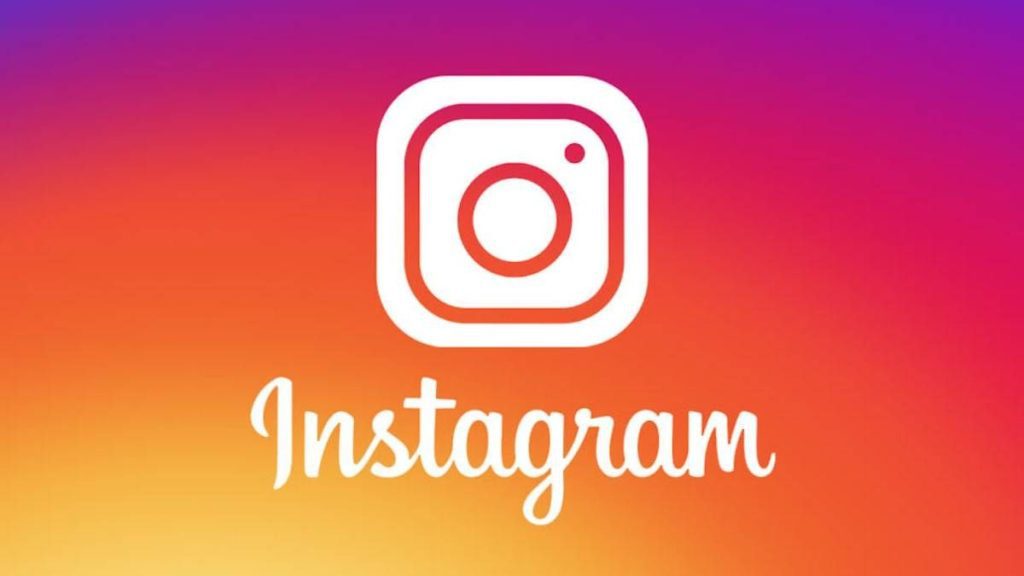Instagram, the ubiquitous photo-sharing platform we know today, started with a very different vision and faced some interesting twists and turns on its journey to becoming a social media giant. Here’s a quick dive into its history:
Humble Beginnings (2006-2010):
- The story starts with Burbn, a location-based app founded by Kevin Systrom and Mike Krieger in 2006. While it allowed users to check-in at places and share tips, it didn’t gain much traction.
- Recognizing the growing trend of mobile photography, Systrom and Krieger pivoted their focus to photo-sharing and renamed the app “Instagram” in 2010.
Explosive Growth and Acquisition (2010-2012):
- Launching on iOS in October 2010, Instagram saw explosive growth, acquiring 1 million users in just 3 months. Its focus on mobile-first photos with unique filters resonated with users.
- By 2012, Instagram reached 10 million users and attracted significant interest from investors. In April 2012, a surprising move saw Facebook acquire Instagram for a staggering $1 billion.
Under Facebook’s Wing (2012-present):
- Despite the acquisition, Instagram maintained its unique identity and continued to grow rapidly. Features like video sharing, Stories, and Reels expanded its reach and engagement.
- However, integration with Facebook also raised concerns about data privacy and censorship. Instagram has faced controversies regarding targeted advertising, shadow-banning, and content moderation.
- Currently, with over 2 billion monthly active users, Instagram is a social media powerhouse, impacting businesses, influencers, and individuals globally.
Key Milestones:
- 2011: Introduction of Android app.
- 2013: Launch of video recording and sharing.
- 2016: Introduction of Instagram Stories and expansion to Windows 10.
- 2018: Release of IGTV for long-form video content.
- 2020: Launch of Reels, short-form video format inspired by TikTok.
Looking Ahead:
- With increasing competition from TikTok and other platforms, Instagram faces the challenge of adapting and innovating to keep users engaged.
- Issues around data privacy, misinformation, and mental health concerns remain ongoing priorities for the platform.
- Instagram’s future likely involves further integration with the broader Facebook ecosystem while maintaining its distinct identity and evolving features.
Do you have any specific aspect of Instagram’s history you’d like to explore further?


